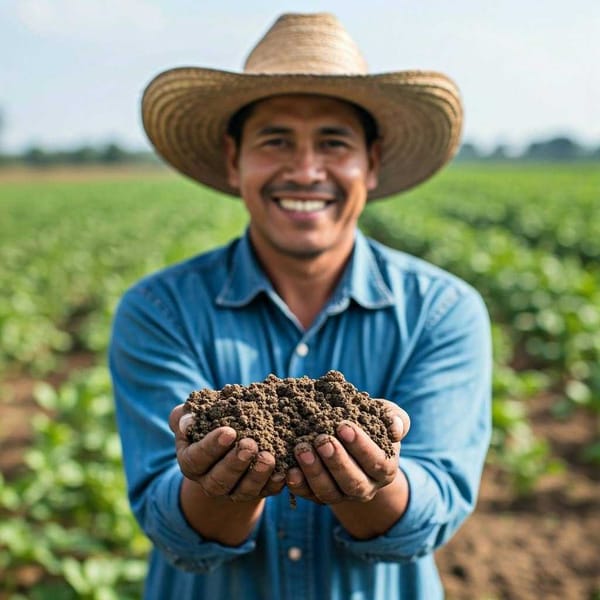Calakmul's Vanishing Waters and the Path to Recovery
Calakmul Biosphere Reserve faces severe water scarcity due to climate change and human impact. Research reveals water body loss and animal suffering but also successful restoration efforts.

In the last decade, bodies of water have been lost in the Calakmul Biosphere Reserve, and it has also been shown that correct human actions can lead to their recovery and resilience, explained the academic from the UNAM Engineering Institute. Judith Guadalupe Ramos Hernández.
She explained that since 2011 she has been working with a group of specialists reviewing the ecosystem in general, land uses, as well as the effects generated by meteorological phenomena or climate change.




